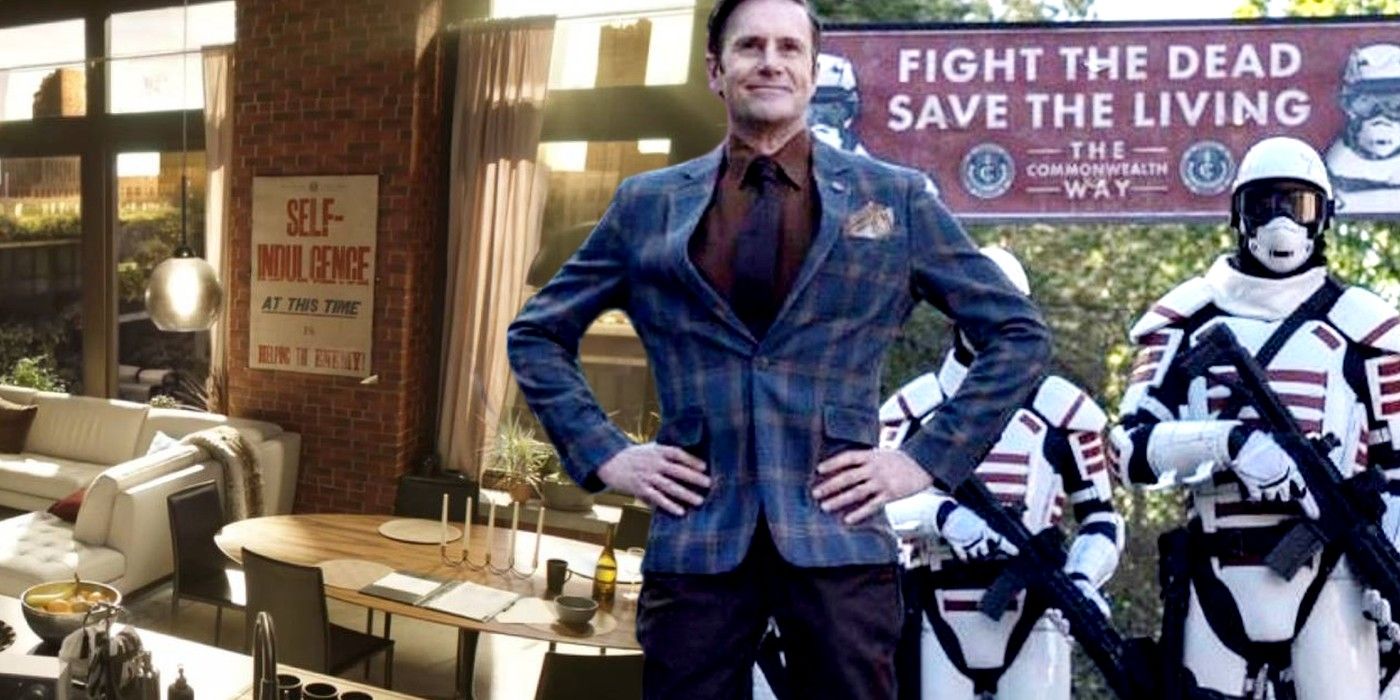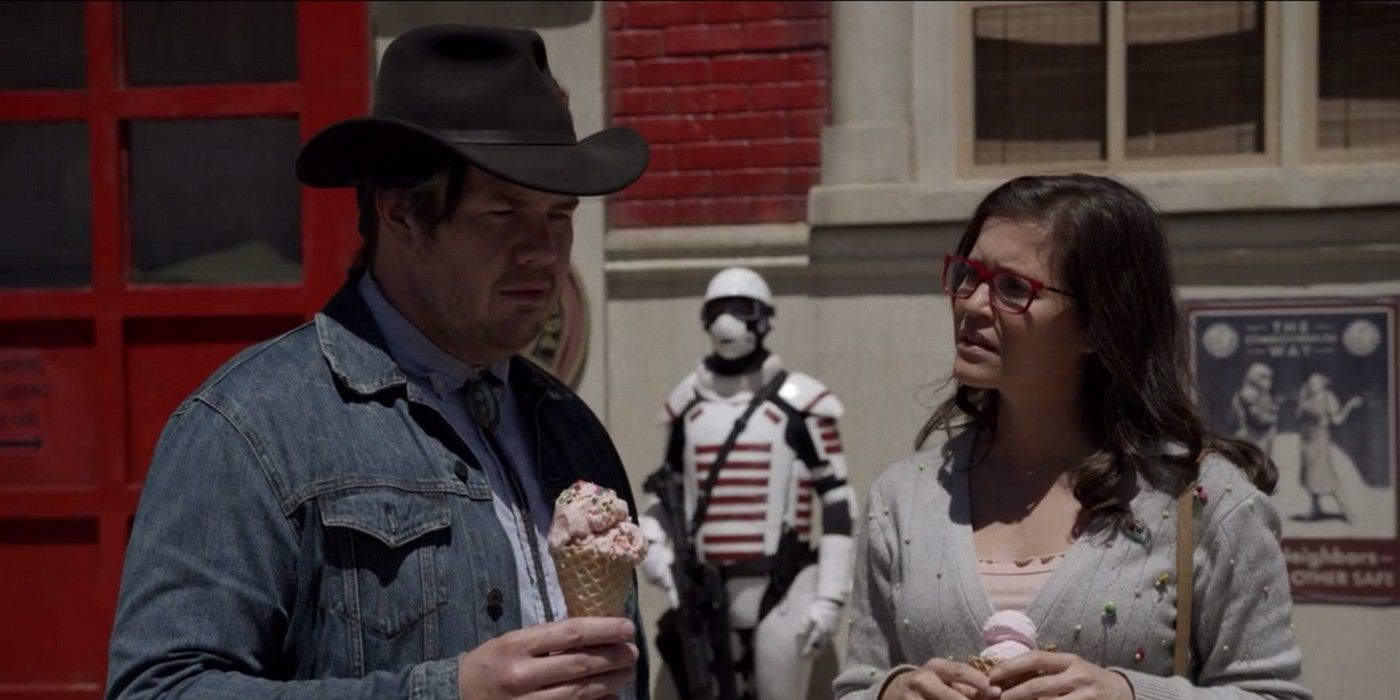The Walking Dead's Commonwealth is packed with ice cream vans, shopping malls and picnics in the park, but how big is the settlement compared to communities like the Civic Republic? The Walking Dead viewers have been waiting for the Commonwealth since a mysterious voice first crackled across Eugene's radio, but season 11's "Out of the Ashes" marks our first proper tour of this new community. The Commonwealth is unlike anything seen before in The Walking Dead's main show, and has successfully restored civilization to a small area of Charleston, West Virginia.
In Robert Kirkman's original comic books, nowhere else matched the Commonwealth for sheer size and scale. Alexandria, Hilltop, the Kingdom and Oceanside all paled in comparison, and the source material ended soon after, leaving no time to introduce larger locales. That's not the case in live-action, where AMC has a franchise to think about. Aside from TV-only communities in Fear The Walking Dead and Walking Dead: World Beyond, there's overarching enemies, and current captors of Rick Grimes, the CRM (Civic Republic Military). With more rivals to consider, how does the Commonwealth measure up on-screen?
Thanks to Lance Hornsby's glorious 1990s-style VHS, we know the Commonwealth's numbers total "over 50,000." In The Walking Dead season 6, Alexandria was confirmed to harbor a shade over 50 residents, and though more have joined since, plenty also died along the way. Alexandria is unlikely to have ever held more than 100-200 folks at one time, and the same goes for both Hilltop and the Kingdom. Negan's Sanctuary was significantly larger, purported to have 600 members before Rick and co. had their way. Other locations such as Woodbury and Terminus all fall short of that number, meaning the Commonwealth is around 100 times bigger than anything seen in The Walking Dead previously.
It's a similar story in Fear The Walking Dead. Smaller groups in Dell Diamond Baseball Stadium and Broke Jaw Ranch only tickle the hundreds but the Pioneers, led by Colby Minifie's Virginia, clocked almost 1000 members, coming closest to (though still landing very far from) the Commonwealth. The balance begins to shift when taking Walking Dead: World Beyond into account.
The main protagonists hail from Nebraska's Campus Colony, which houses almost 10,000 souls and somewhat resembles the back-to-normal hustle and bustle of the Commonwealth. Campus Colony is associated with Omaha - a member of the Alliance of the Three - and their population skyrockets to 90,000, nearly doubling the Commonwealth's. Another major jump comes when measuring the Commonwealth against the Civic Republic - The Walking Dead's biggest community yet with approximately 200,000 people. Despite Eugene and his friends feeling awed by the Commonwealth's expansiveness, the Civic Republic is still 4 times larger, at the very least.
The gap between the Commonwealth and Civic Republic's populations highlights a problem with The Walking Dead as a multi-show franchise. Entering the Commonwealth, the audience should feel astounded by the shops, schools and restaurants - just as comic readers did when Kirkman revealed those very first panels of Pamela Milton's post-apocalyptic paradise. That initial shock has already been spent elsewhere, with the Civic Republic and Campus Colony both playing the "big community" card first and stealing some of the Commonwealth's limelight.


